1. Bloodletting for Almost Everything

For centuries, doctors believed that most illnesses were caused by an imbalance of bodily “humors” and that draining blood could restore health. Patients with fevers, headaches, or even minor ailments were often subjected to having pints of blood removed, sometimes until they fainted. It was such a common treatment that wealthy households kept special bloodletting tools on hand, just in case.
The problem was, bloodletting didn’t cure anything—it often made people weaker and more likely to die from the very illness they were trying to treat. Losing large amounts of blood can cause shock, organ failure, and in many cases, death. Despite this, it persisted well into the 19th century, and some doctors were reluctant to give it up even after clear evidence showed it was harmful.
2. Mercury for Everything from Syphilis to Teething
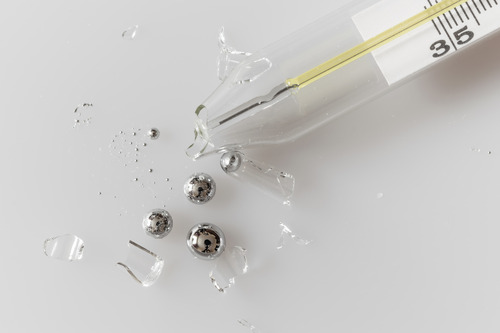
In the 18th and 19th centuries, mercury was hailed as a miracle cure for everything from skin conditions to sexually transmitted diseases. Physicians administered it in ointments, pills, and vapors, often telling patients that excessive salivation—a side effect—was a sign it was “working.” Parents even rubbed mercury-laced powders on babies’ gums to ease teething pain.
Of course, mercury is highly toxic, and these treatments slowly poisoned the patients who took them. Long-term exposure could cause kidney failure, neurological damage, and death. Sadly, many people continued using it because the symptoms of mercury poisoning were often mistaken for worsening disease.
3. Lobotomies for Mental Health
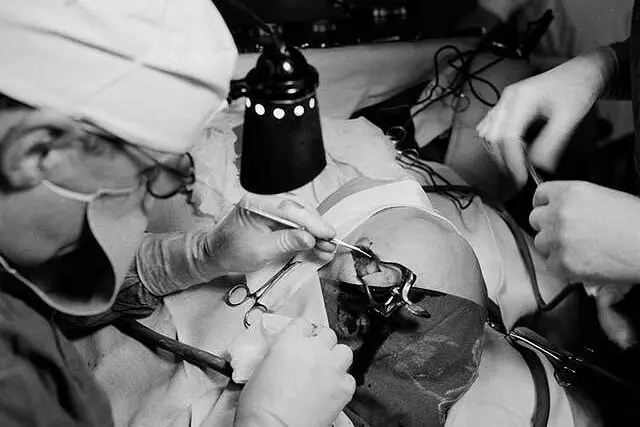
During the 1930s through the 1950s, lobotomies were promoted as groundbreaking procedures to treat mental illnesses like depression, schizophrenia, and anxiety. Doctors would insert sharp instruments through the eye socket or skull to sever connections in the brain’s frontal lobe. Patients sometimes left the operating table calmer—but also with severe cognitive and emotional impairments.
Rather than curing mental illness, lobotomies often left people unable to care for themselves or express emotions. The long-term consequences included personality changes, memory loss, and in some cases, death from surgical complications. Thankfully, the practice was largely abandoned as safer psychiatric treatments became available.
4. Arsenic as Medicine
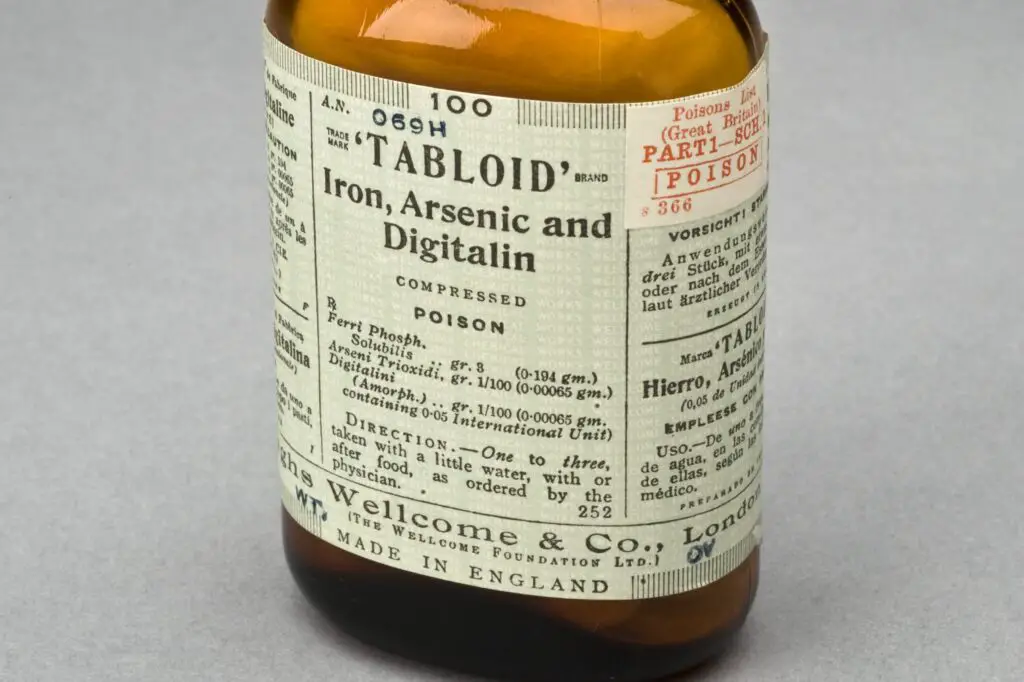
In the 19th century, arsenic was prescribed for ailments such as asthma, rheumatism, and even as a tonic to “improve” skin complexion. It was often taken in small doses over a long period, with doctors insisting that the poison would stimulate the body and strengthen health. Some patent medicines proudly listed arsenic on their labels.
The truth is, arsenic is a deadly poison that accumulates in the body over time. Prolonged use led to hair loss, severe stomach pain, organ failure, and death. Still, because symptoms developed gradually, people often didn’t suspect their “medicine” was killing them.
5. Radium Water for Vitality
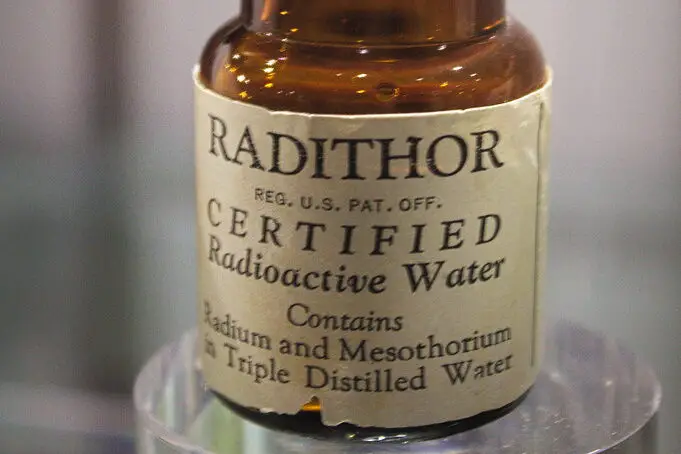
When radium was discovered in the late 19th century, it was hailed as a wonder element. Companies bottled radium-infused water and sold it as an energy booster, a cure for arthritis, and even a way to improve skin tone. Wealthy customers proudly drank it daily, believing it would keep them young and vigorous.
Instead, radium’s radioactivity caused horrific health problems, including anemia, jawbone decay, and cancer. One of the most famous victims, industrialist Eben Byers, drank so much radium water that his bones literally disintegrated. The fad died out only after high-profile deaths exposed its dangers.
6. Trepanation to Let Out Evil Spirits

Dating back thousands of years, trepanation involved drilling a hole in a person’s skull to treat headaches, seizures, and mental illness. Ancient and medieval healers believed it allowed evil spirits to escape or restored the balance of the body’s energies. Incredibly, some patients survived the procedure and lived for years afterward.
But without anesthesia or sterile tools, trepanation carried huge risks of infection, brain injury, and death. In most cases, it did nothing to help the original problem and often left the patient worse off—or dead—within days.
7. Smoking for Asthma Relief

In the late 19th and early 20th centuries, certain tobacco products were marketed as asthma treatments. Patients were told to inhale smoke from specially made cigarettes containing herbs and tobacco to “open up” the lungs. Advertisements claimed it would calm coughing fits and improve breathing.
While it may have temporarily relaxed airways, smoking obviously introduced harmful chemicals and tar into the lungs, worsening respiratory conditions over time. This “treatment” increased the risk of chronic bronchitis, emphysema, and lung cancer—making it far more dangerous than the asthma it was meant to treat.
8. Electric Belts for “Male Vitality”
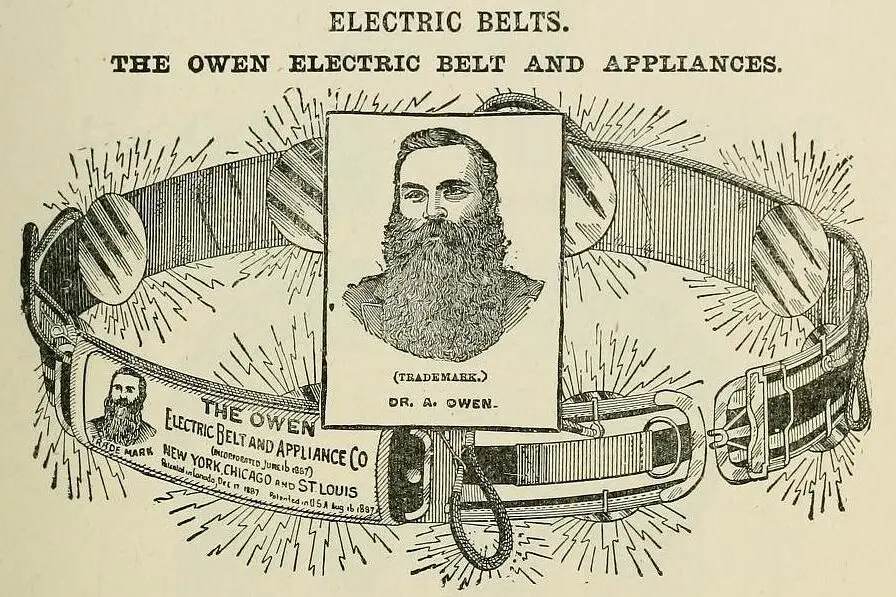
In the late 1800s and early 1900s, electric belts were sold to men as a cure for everything from impotence to general fatigue. These belts delivered mild electric shocks to the waist and groin area, supposedly to stimulate circulation and restore “manly vigor.” Some even claimed to boost overall health.
The reality was that the electric jolts were ineffective and could cause burns or nerve damage. Many men ended up embarrassed and in pain, having paid a fortune for a gadget that offered nothing but discomfort.
9. Tapeworm Diets for Weight Loss
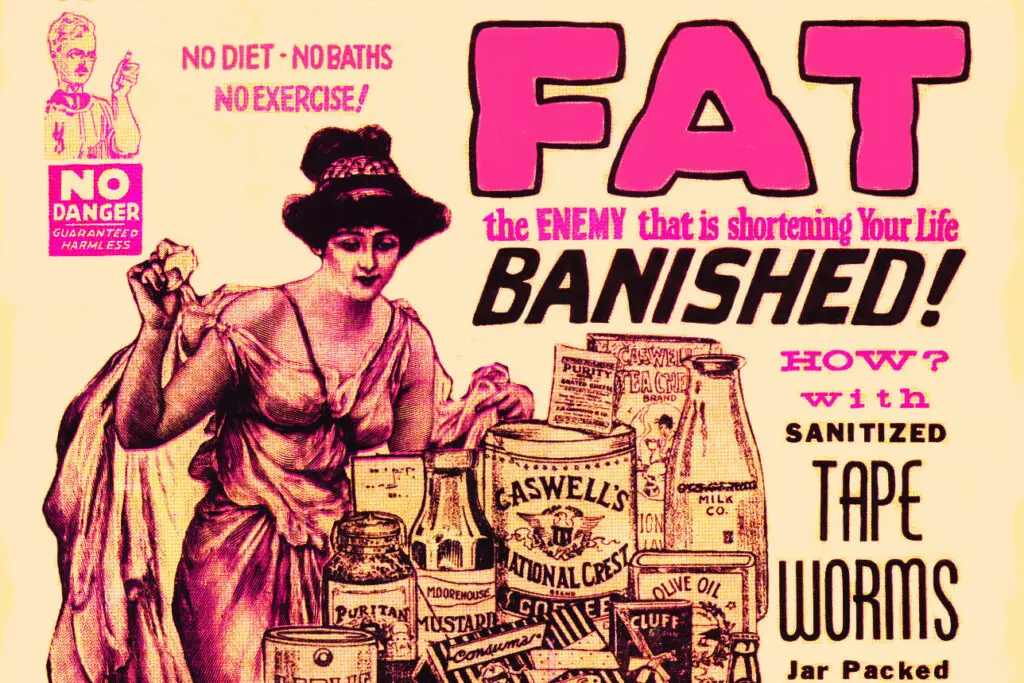
In the early 20th century, advertisements for “tapeworm diet pills” promised effortless weight loss. The idea was that a live tapeworm would grow in your intestines and consume some of the food you ate, allowing you to eat more without gaining weight.
Unfortunately, tapeworm infections cause nausea, malnutrition, and serious digestive issues. Removing the parasite is difficult and can require invasive medical procedures. Many people who tried this dangerous “diet” ended up far sicker than they started.
10. Lead-Based Makeup for a Flawless Complexion

For centuries, women used lead-based powders to whiten their skin and hide blemishes. The pale look was considered a mark of beauty and high social status, and lead makeup was often applied daily. Some products even promised to “improve” skin quality over time.
Instead, the lead was absorbed through the skin, causing anemia, hair loss, severe abdominal pain, and eventually neurological damage. Prolonged use could be fatal, and the damage was often irreversible. Despite its dangers, lead makeup was used well into the 19th century.
11. Alcohol as a Child’s Cough Remedy

In the 19th and early 20th centuries, many over-the-counter cough syrups for children contained high amounts of alcohol. Parents were told it would help kids sleep and ease coughing fits, especially at night. Some formulas contained more alcohol than wine or beer.
While alcohol did sedate children, it also impaired their breathing and could cause dangerous drops in blood sugar. Repeated use risked long-term developmental issues and, in extreme cases, death.
12. Oil of Wormwood for Stomach Troubles

Wormwood oil was once prescribed to relieve stomach cramps, stimulate appetite, and improve digestion. It was often taken in small doses or mixed with alcohol in herbal tonics. Its bitter taste was thought to indicate medicinal strength.
In reality, wormwood contains thujone, a toxic compound that can cause seizures, kidney failure, and nerve damage. Overuse could lead to hallucinations and even death, making it far more dangerous than the stomach ailments it was meant to treat.
13. “Rest Cures” for Women

In the late 19th and early 20th centuries, women diagnosed with “nervous disorders” or “hysteria” were often prescribed rest cures. These involved complete bed rest for weeks or months, with no reading, writing, or social interaction. The idea was that isolation and inactivity would restore mental health.
Instead, the treatment often worsened depression and anxiety. Many women emerged physically weaker, socially isolated, and mentally more unstable than before. It was eventually abandoned as psychiatric care evolved.
14. Snake Oil for Almost Anything
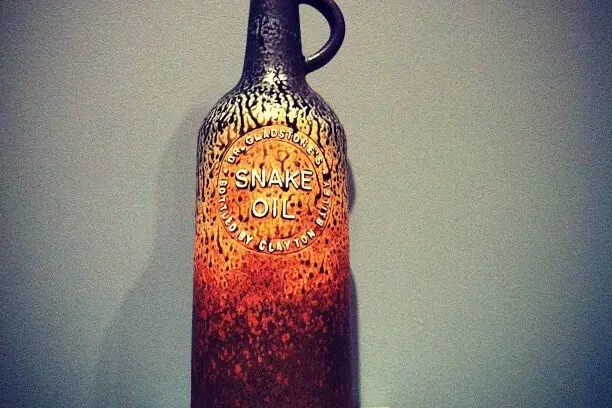
The phrase “snake oil” comes from actual tonics sold in the 19th century that claimed to cure everything from joint pain to heart disease. Some did contain small amounts of snake oil, but most were just a mix of mineral oil, alcohol, and useless herbs.
These tonics did nothing to help real medical problems and could cause harm due to unknown ingredients. People wasted money and valuable time they could have spent getting effective treatment, making “snake oil” a lasting symbol of medical fraud.
